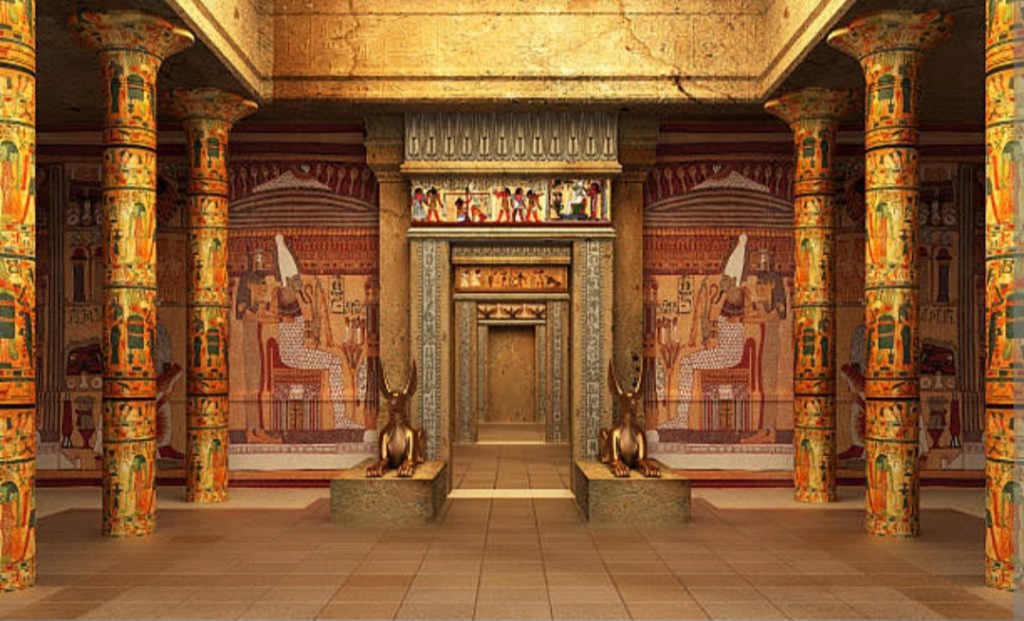
Crystal Dike
One of the largest tombs in Egypt’s famed Valley of the Kings has reopened to visitors after more than two decades of restoration. The tomb of Pharaoh Amenhotep III, who ruled between 1390 and 1350 BC, was unveiled on Saturday following extensive conservation efforts.
Amenhotep III, one of ancient Egypt’s most powerful rulers, presided over a period of exceptional prosperity and cultural achievement. His tomb, carved deep into the limestone cliffs on the west bank of the Nile near Luxor, reflects the grandeur of his reign.
“The tomb of King Amenhotep III was discovered in 1799 and rediscovered in 1915 by Howard Carter,” said Mohamed Ismail Khaled, Secretary-General of the Supreme Council of Antiquities. “Unfortunately, it was found completely empty, as it had been looted long before. Only the lid of the sarcophagus remains, broken into more than 200 pieces.”
The restoration, carried out by a Japanese team with UNESCO’s support, included meticulous preservation of wall paintings depicting the pharaoh and his wife. Experts describe the artwork as among the finest surviving examples from the Eighteenth Dynasty.
The reopening comes just weeks before the highly anticipated inauguration of the Grand Egyptian Museum near the Giza Pyramids—part of Egypt’s broader strategy to revitalize its tourism sector, a key source of foreign currency.
Tourism and Antiquities Minister Sherif Fathi said visitor numbers are rising steadily. “We continue our growth at a rate of over 20 per cent and expect this to continue to the end of the year, thanks to stability and wise management amid regional unrest,” he said.
Egypt’s tourism industry suffered major setbacks after the 2011 uprising and has faced renewed challenges due to the Israel-Gaza war. However, officials remain optimistic that cultural tourism—centered on the country’s ancient heritage—will help sustain recovery.
